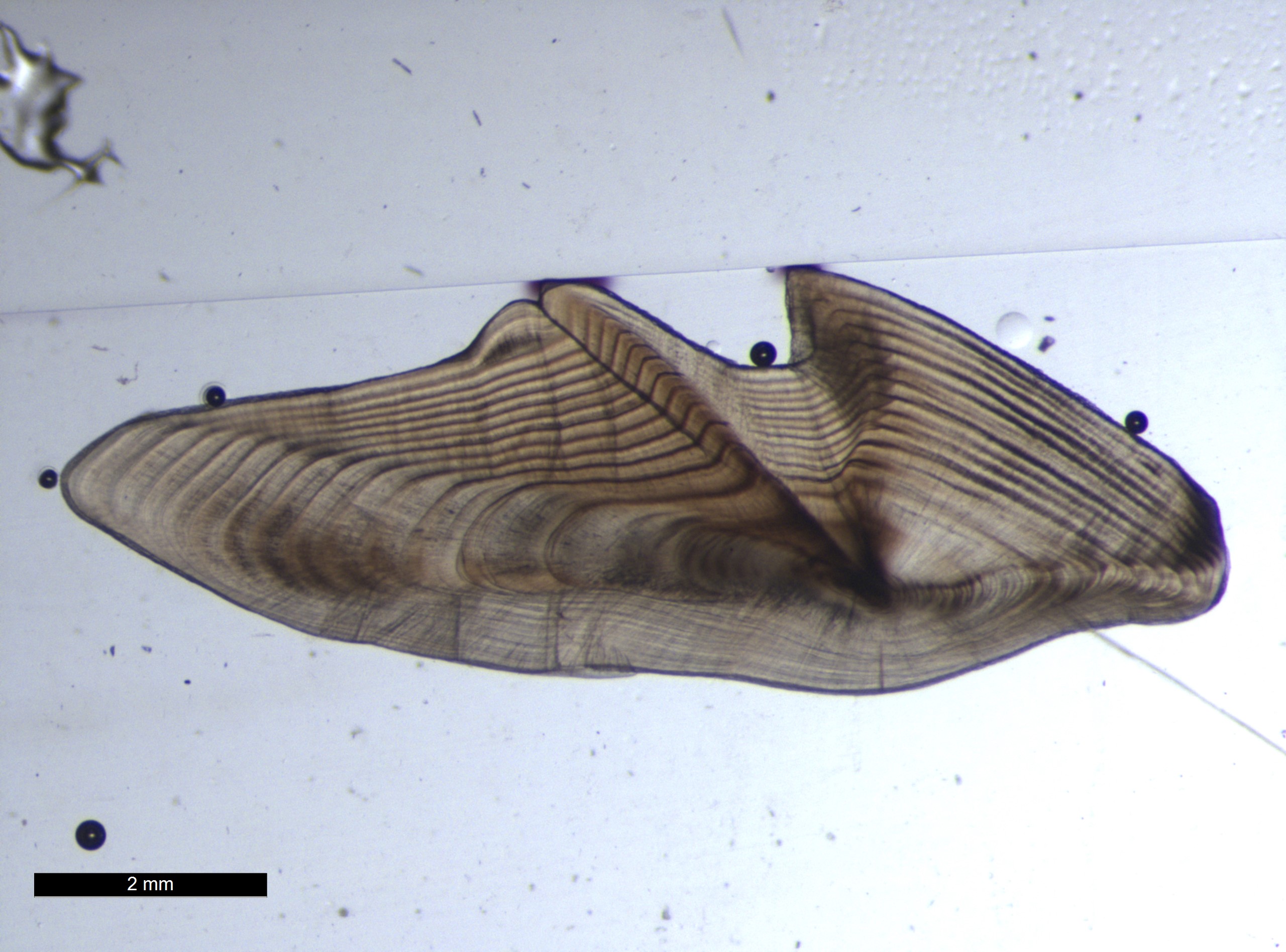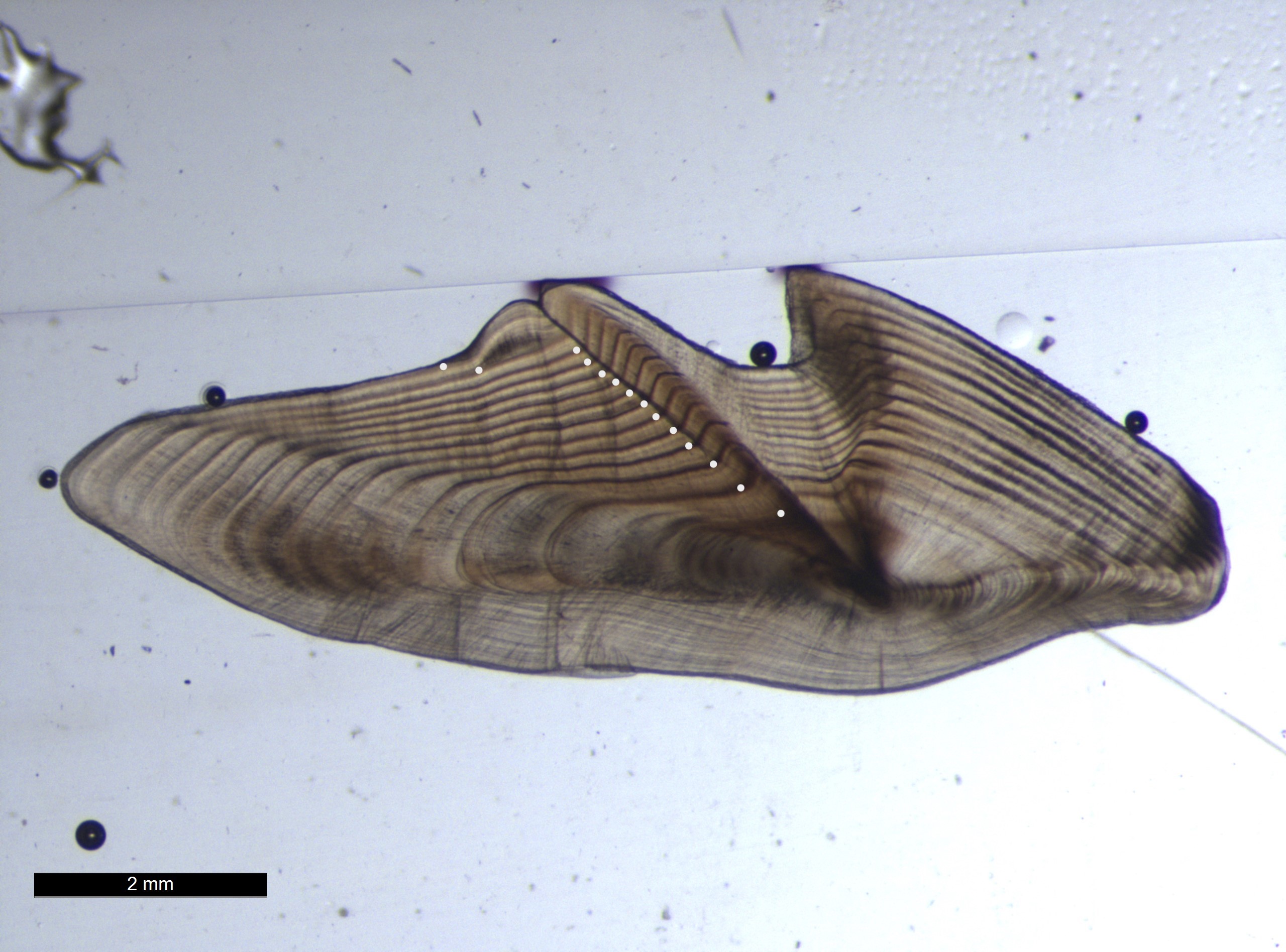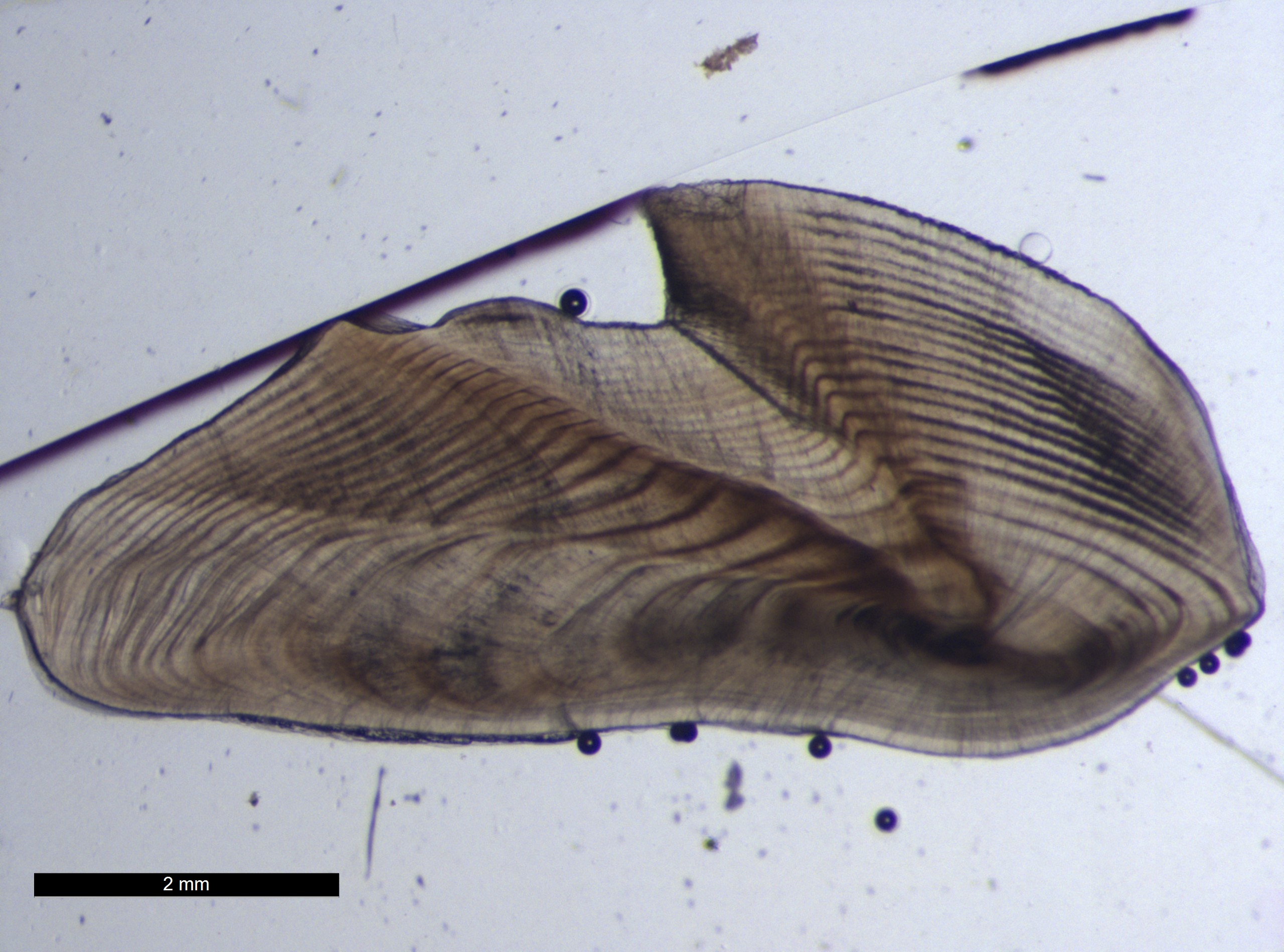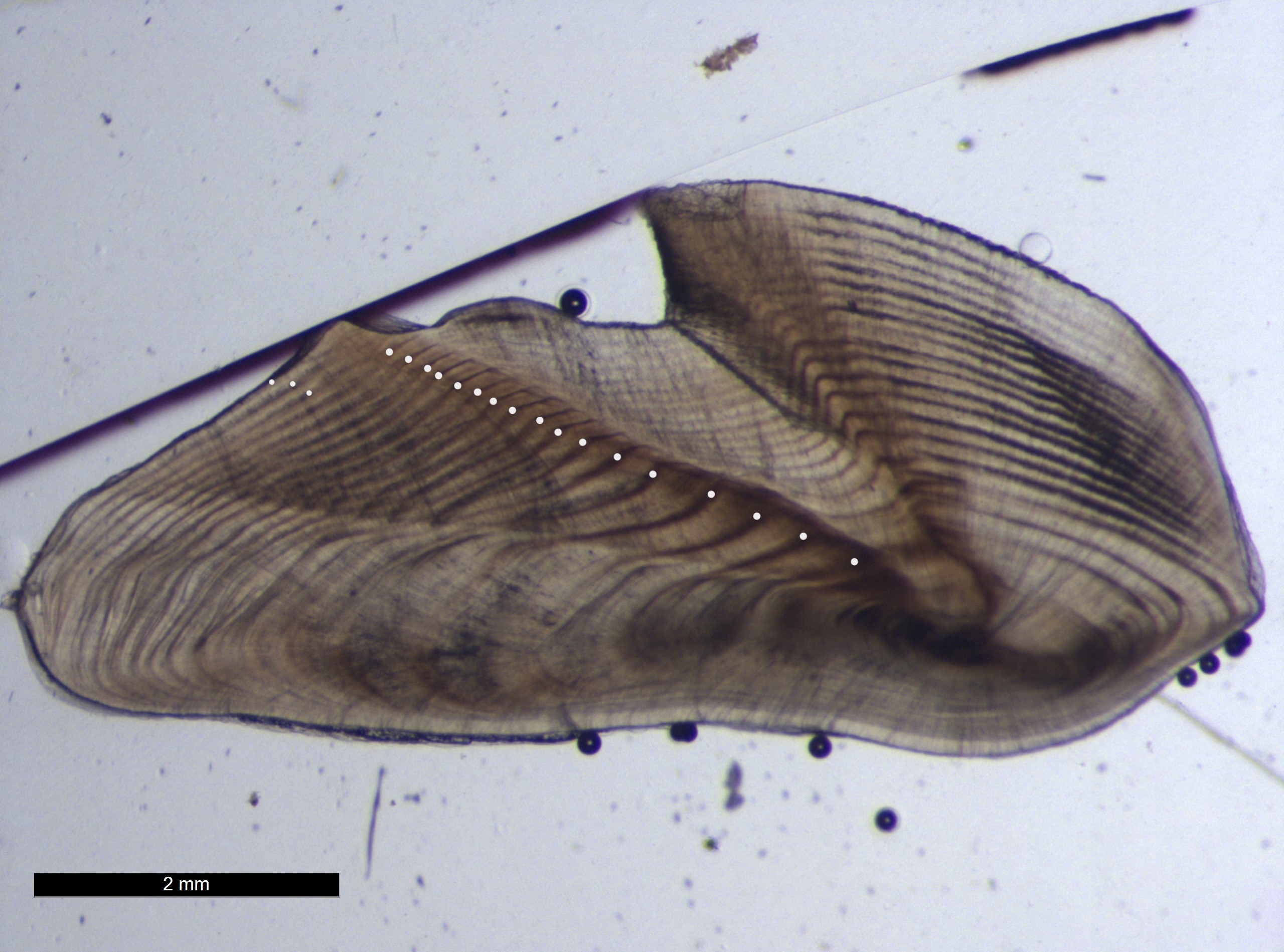Fishery Independent Surveys
Southern Sand Flathead (Platycephalus bassensis; hereafter ‘sand flathead’) are the most caught species by recreational fishers around Tasmania. Fishery-independent surveys, since 2012, show relatively low abundances of legal-sized sand flathead, particularly in southeastern Tasmania where populations are subject to heavy fishing pressure. The data collected through these surveys are the basis for length and age composition analyses of sand flathead populations and are used to assess stock status and trends against common management reference points.
Fishery-independent survey methods
Concerns about the low abundance of legal-sized sand flathead led to the establishment of annual fishery-independent surveys, which have been conducted in three southeast and eastern regions (D’Entrecasteaux Channel, Norfolk Bay and Frederick Henry Bay, and Great Oyster Bay) since 2012 (Ewing and Lyle 2020). Five additional regions (Mercury Passage, St Helens, Bridport, Tamar Estuary, and Stanley) were included in the annual surveys from 2021 – 2023, through additional funding received from the Fisheries Research and Development Corporation (FRDC Project: 2020-005).
Map showing the nine regions surveyed in 2023.
The annual fishery-independent survey uses fishing gear and targeting practices typical of recreational fishers, in areas of significant fishing effort, from January – March annually, during the highest catchability period for sand flathead. Fishing is generally conducted over three days per region, with approximately 20 sites fished in each region (see map below). The sampling sites within each region represent a range of suitable habitats and depths for targeting sand flathead, providing wide spatial coverage in each region. Each site is fished by two – three fishers for 30 minutes, while the boat is drifting. All caught fish are measured (sand flathead are measured for total length, other species are measured for fork length) and the name of the fisher recorded. The first 80 – 100 sand flathead landed within each region are retained for biological assessment including total length, weight, sex, gonad stage, gonad weight, and age estimation. Any fish caught after the retained fish samples, are measured, tagged, and released.
Map showing the approximate sample sites within the nine regions are marked. The three annual southeast and eastern sampling regions since 2012: D’Entrecasteaux Channel, Frederick Henry-Norfolk Bay and Great Oyster Bay. Five sampling regions (Mercury Passage, St Helens, Bridport, Tamar Estuary, and Stanley) have been surveyed from 2021 – 2023. Flinders Island region was sampled for the first time in 2023.
Age Determination of Fish Using Otoliths
Fish age determination is a crucial aspect of fisheries management, as it provides essential insights into population dynamics and growth rates. Otoliths are small, calcified structures found in the inner ear of fish, and offer a reliable and widely used means of estimating the age of fish. Age determination using fish otoliths is a fundamental practice in fisheries science, enabling resource managers and researchers to make informed decisions about conservation and sustainable management of fish populations. The combination of skilled reading, validation techniques, and technological advancements ensures that otolith-based age estimates remain a reliable and valuable tool in understanding the life histories of fish species.


Otolith from a 14-year-old Female Sand Flathead specimen collected from Flinders Island in 2023 (left) with age rings annotated (right).
Otolith Collection and Preparation
The first step in ageing fish using otoliths involves collecting suitable specimens. Fish otoliths are usually obtained during routine fishery surveys, research expeditions, or from commercial catches and recreational donations. Once collected, the otoliths are extracted and cleaned to remove any adhering tissues.
Otolith Reading and Interpretation
Otoliths have growth rings, similar to tree rings, which can be counted to estimate the age of fish. Otolith reading is conducted under a dissecting microscope which magnifies a section of the otolith’s surface. The growth rings are examined, and each ring generally corresponds to one year. However, the interpretation can be complex due to factors like variations in growth rates, environmental conditions, and species-specific characteristics. Highly skilled readers with extensive training are required to accurately distinguish and interpret these growth rings.


Otolith from a 20-year-old Male Sand Flathead specimen collected from Flinders Island in 2023 (left) with age rings annotated (right).
Validation and Calibration
To ensure accuracy, the otolith-based age estimates are often validated and calibrated using other methods, such as length-frequency analysis, mark and recapture studies, or chemical analysis. Comparing otolith-derived ages with independent age estimates helps refine the ageing process and identify potential biases. Statistical methods are applied to account for uncertainty in otolith readings and to provide estimates of precision for age estimates.



